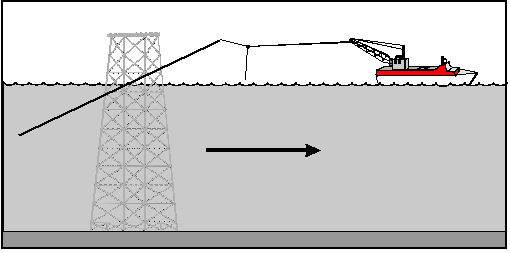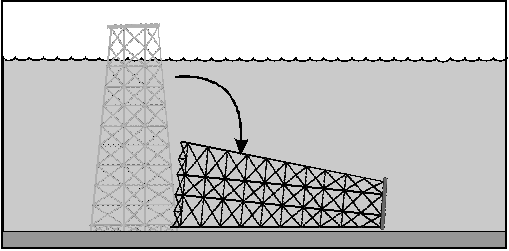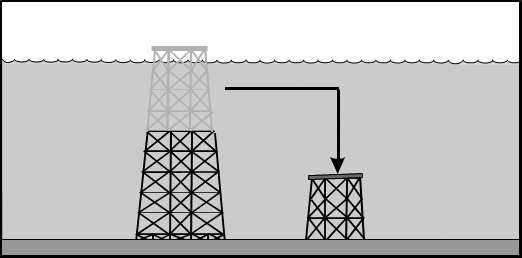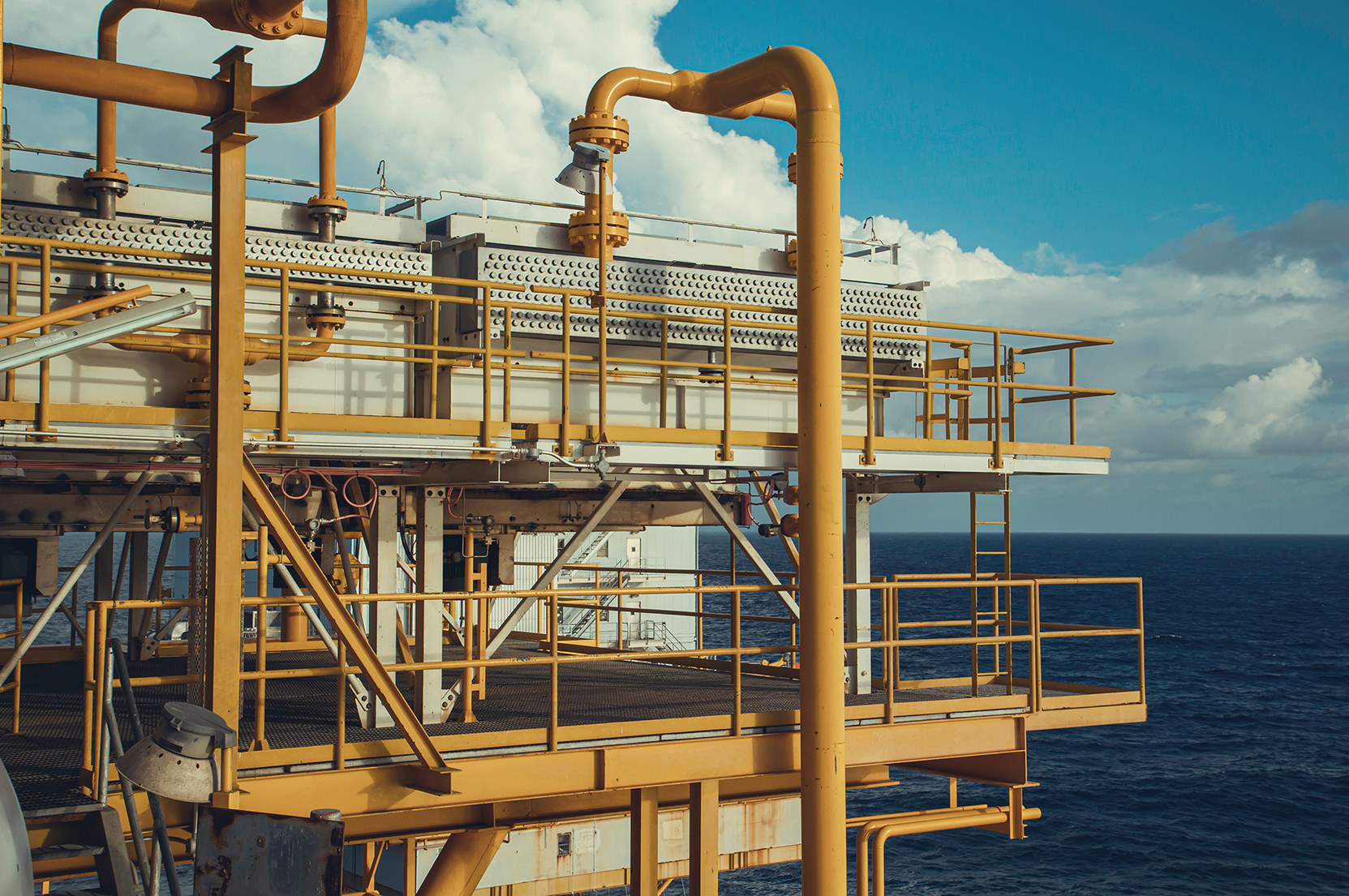When a company signs a lease for offshore oil or gas exploration or production, Right-of-Way or Right-of-Use-and-Easement, that initial agreement includes the process of “decommissioning” the well, that is, safely plugging the hole in the earth's crust, and disposing of the equipment used to support the production. This process is critical for environmental protection after a well is drilled, utilized for production, then plugged and sealed when the well is exhausted, in the Outer Continental Shelf (OCS).
Decommissioning regulation authority for BSEE began with 43 U.S. Code 1334 and 30 CFR 250, Subpart Q, Decommissioning Activities. These provide deeper detail regarding regulations for sealing the well, to protect the environment and people using the waters around it.
Approximately 75% of the 1,430 existing platforms on the OCS are more than 25 years old. (Platforms are facilities which facilitate the extraction and processing of oil and natural gas, different from drilling rigs which “drill” a well to discover hydrocarbons and bring them to the surface for processing). Over the past decade, the offshore energy industry has averaged 127 platform removals per year.
Platforms generally consist of two parts for decommissioning purposes: the topside (the structure visible above the waterline) and the substructure (the parts between the surface and the seabed, or mudline). In most cases the topsides that contain the operational components are taken to shore for recycling or re-use. The substructure is generally severed 15 feet below the mudline, then removed and brought to shore to sell as scrap for recycling or refurbished for installation at another location.
The Regional Supervisor may grant a departure from the requirement to remove a structure by approving partial structure removal or toppling in place for conversion to an artificial reef if the operator meets the requirements of the National Artificial Reef Plan as permitted by several U.S. Federal agencies. State government agencies are responsible for managing marine fisheries resources programs.
As a result of successful initiatives to provide new habitat for marine life, ships and platforms which have reached the end of their useful life are sunk in pre-approved places to create artificial reefs. Today the National Oceanic and Atmospheric Administration (NOAA) has overall responsibility for the program, working with many other state and federal agencies, including BSEE.
Idle Iron
From the first signature on a lease, offshore operators know that they will have to clean up the area after they drill and produce hydrocarbons (oil and natural gas) and decommission the facilities and structures placed on the leased area, also called Plug and Abandonment (P & A).
The most common way to reclaim a site includes removing the superstructure and often selling it as scrap metal. Other situations may require that the structure be dismantled and removed, such as damage incurred from a storm, use of different equipment on the original structure or another company using the well. Any operation that is decommissioned and is no longer “economically viable,” infrastructure that is severely damaged or idle infrastructure on active leases, are considered “idle iron” according to NTL 2018-G03.
BSEE's Idle Iron policy keeps inactive facilities and structures from littering the Gulf of America by requiring companies to dismantle and responsibly dispose of infrastructure after they plug non-producing wells. BSEE enforces these lease agreements primarily for two reasons beyond the CFR requirement:
- Environmental effects –toppled structures pose a potential environmental hazard due to the topsides and the associated equipment, electronics, wiring, piping, tanks, etc., that are left on the bottom of the Gulf of America. These items pose a financial, safety and environmental burden, and must be removed from the bottom
- Safety – Severe weather such as hurricanes, have toppled, severely damaged or destroyed the structures associated with oil and gas production. While any structure could be destroyed during a hurricane, idle facilities pose an unnecessary risk of leaks from wells into the environment and potential damage to the ecosystem, passing ships and commercial fishermen.
Reef in Place
Retired petroleum platforms are required by the Bureau of Ocean Energy Management's lease agreement to be removed from the marine environment and taken to shore for disposal within one year from termination of the oil and gas lease. An alternative to onshore disposal is the conversion of retired platforms to permitted and permanently submerged platform artificial reefs, commonly referred to as Rigs to Reefs. Three methods of platform removal and reefing are used in the RTR process.
Recognizing the preservation of environmental values associated with the method of partial removal of the platform, in 1997 a policy was established to allow the industry the option to partially remove the well conductors at the same depth below the water line (BWL).
Creating artificial reefs minimizes the impacts on the platforms' fish and reef communities.

The tow-and-place platform reefing method

The topple-in-place platform reefing method

The partial removal platform reefing method
(click to expand images)






